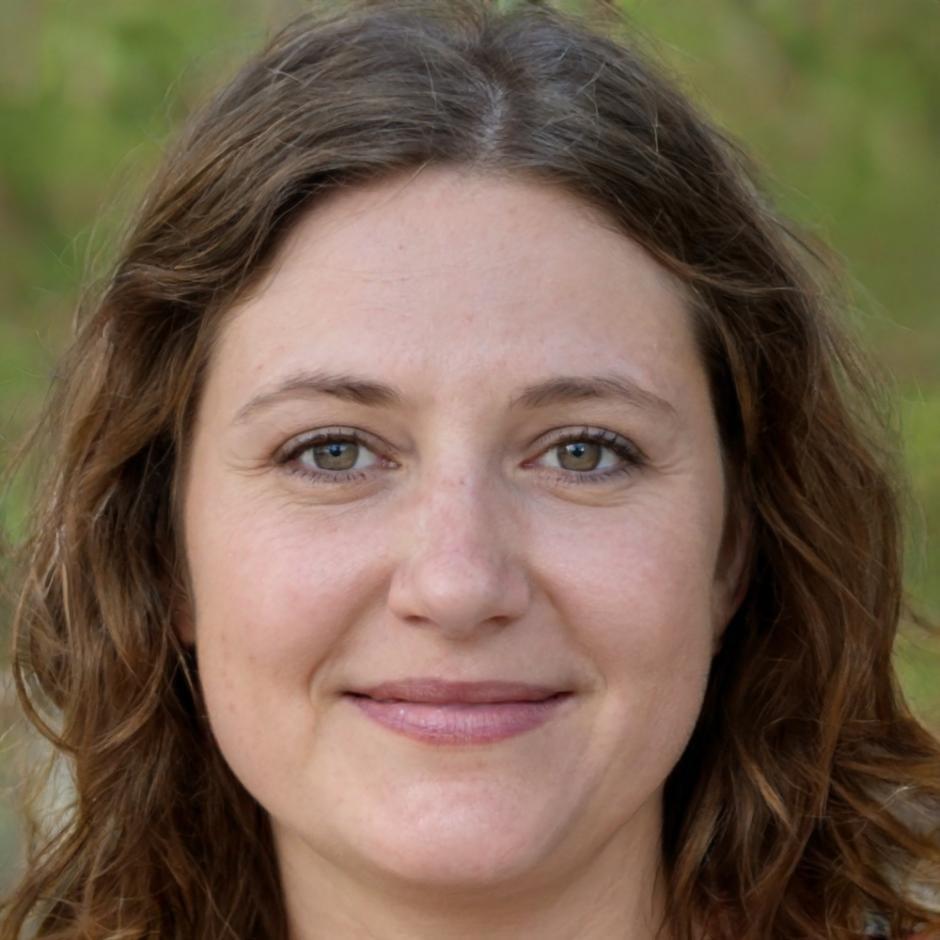Money Management That Actually Makes Sense
Most people struggle with finances because they're missing the fundamentals. We teach practical discipline through structured methods that work in real Australian households.
View Our Programs
Here's What Nobody Tells You
Financial discipline isn't about restrictive budgets or complicated investment strategies. It's about understanding where money goes and making deliberate choices. Sounds simple, right? It is. But most programs overcomplicate it with jargon and unrealistic scenarios.
We work with everyday Australians who need practical systems. People who've tried apps, spreadsheets, and motivation—but still end up confused at the end of each month.
Our autumn 2025 cohort starts with basic tracking exercises. No fancy software. Just pen, paper, and honest accounting of spending patterns. Students typically need 8-12 weeks to build consistent habits that stick.

How We Actually Teach This
Foundation Phase
We start with transaction tracking. Every dollar. No judgement, just data. Most people discover patterns they never noticed. This takes about three weeks of daily practice.
System Building
Once you know where money goes, we create allocation systems. Not budgets—systems. The difference matters. Systems adapt, budgets break. This phase usually runs 4-6 weeks.
Habit Integration
The final stretch focuses on maintenance. Weekly check-ins, monthly reviews, quarterly adjustments. This continues through the rest of the program and beyond.
What 16 Weeks Looks Like
Weeks 1-3: Reality Mapping
FoundationTrack everything. Build awareness. Identify blind spots. Most students find this eye-opening and occasionally uncomfortable. That's normal.
Weeks 4-7: Structure Creation
Core SkillsDesign your allocation system based on actual data. Test it. Adjust it. Figure out what works for your specific situation and income patterns.
Weeks 8-11: Stress Testing
ApplicationHandle unexpected expenses. Deal with variable income. Navigate seasonal changes. This is where theory meets reality and systems prove their worth.
Weeks 12-16: Long-Term Planning
IntegrationBuild emergency reserves. Plan for known future expenses. Create sustainable approaches for ongoing financial decisions.
Student Progress Data
Standard program length with optional extension for complex situations
Small cohorts ensure individual attention and practical feedback
Typical timeline for students to establish consistent tracking routines

Rhiannon
Completed March 2025
Real Student Experience
I thought I was decent with money until week two when I actually tracked everything. Turns out I had no idea where about 0 a month was going. The tracking felt tedious at first, but by week five it became automatic. Now I check in every Sunday morning, takes maybe 15 minutes, and I know exactly where I stand.
What Changed
Rhiannon built a three-month emergency fund over six months after completing the program. She also identified subscription services she'd forgotten about and redirected that money toward savings goals. The system she created during the program still works for her situation.
Next Intake: September 2025
Our autumn program begins mid-September. Enrollment opens in July. If you're tired of feeling uncertain about money and want structured guidance without the hype, this might work for you.